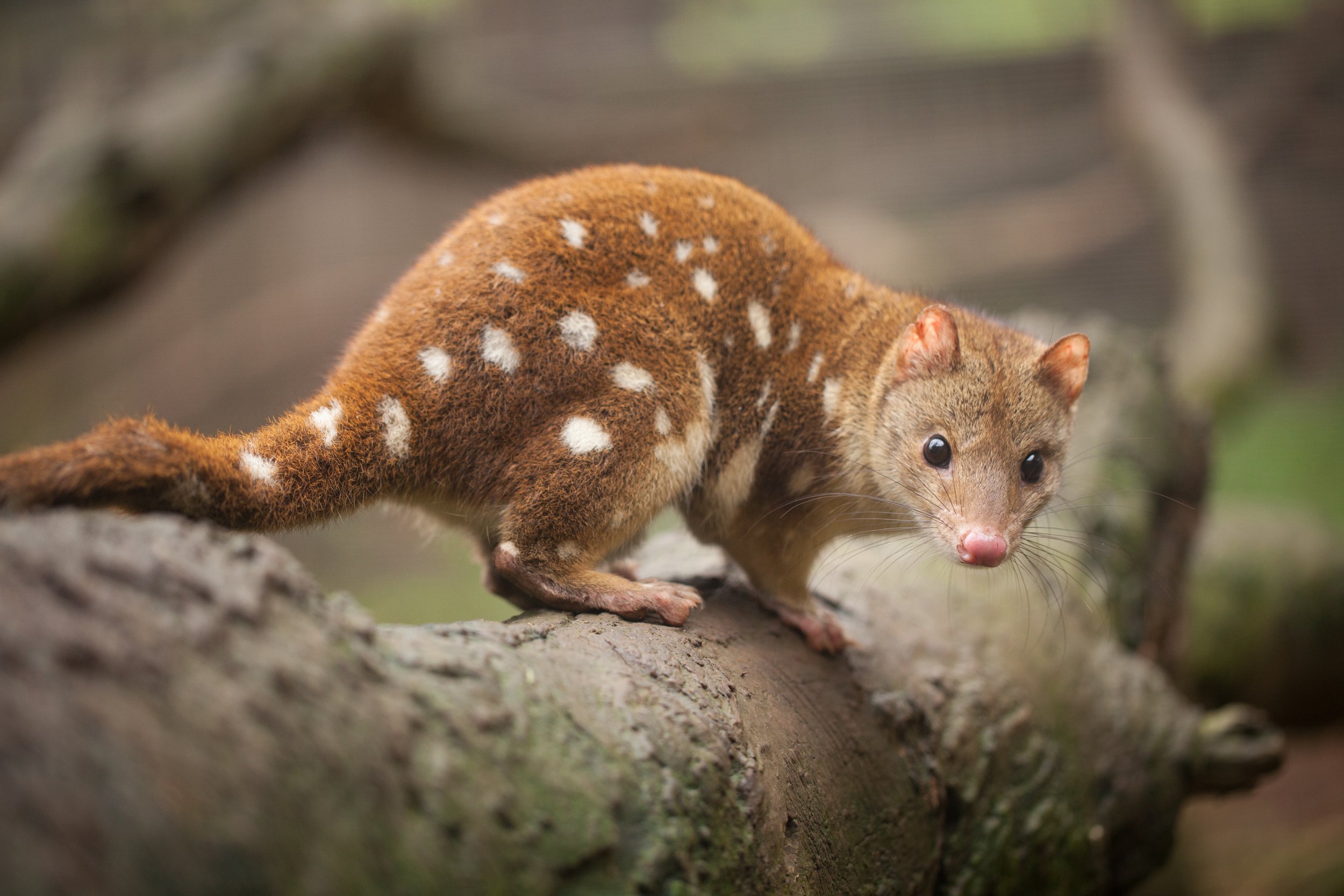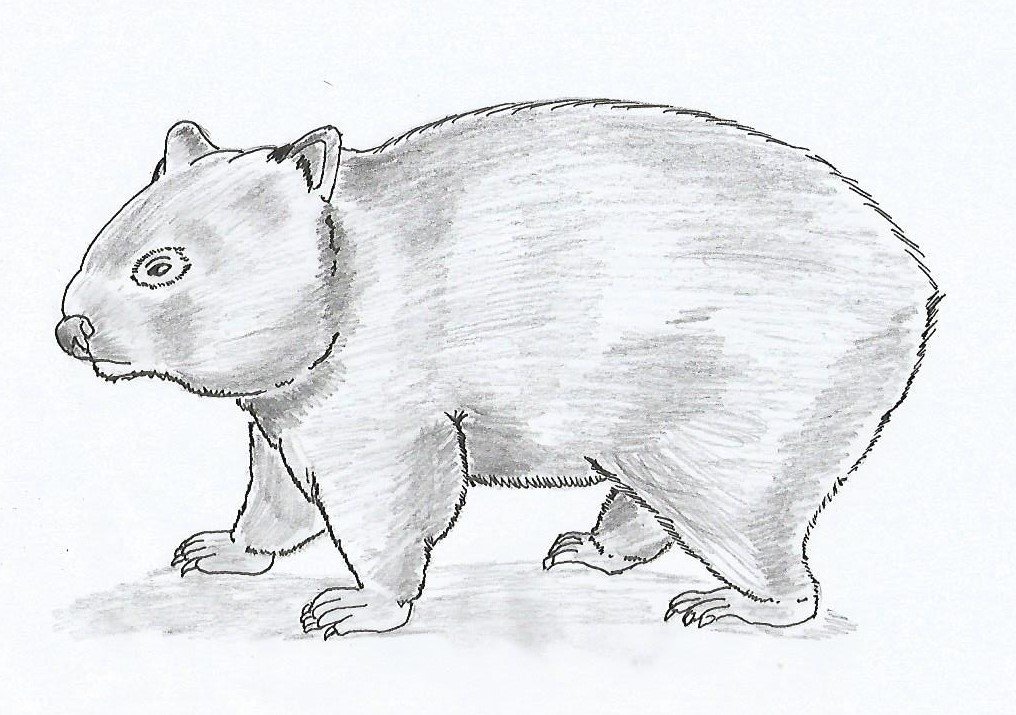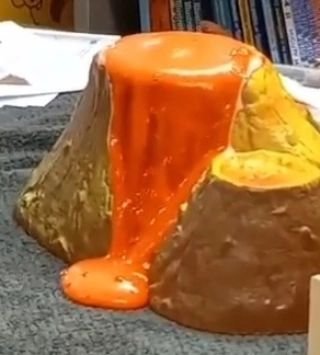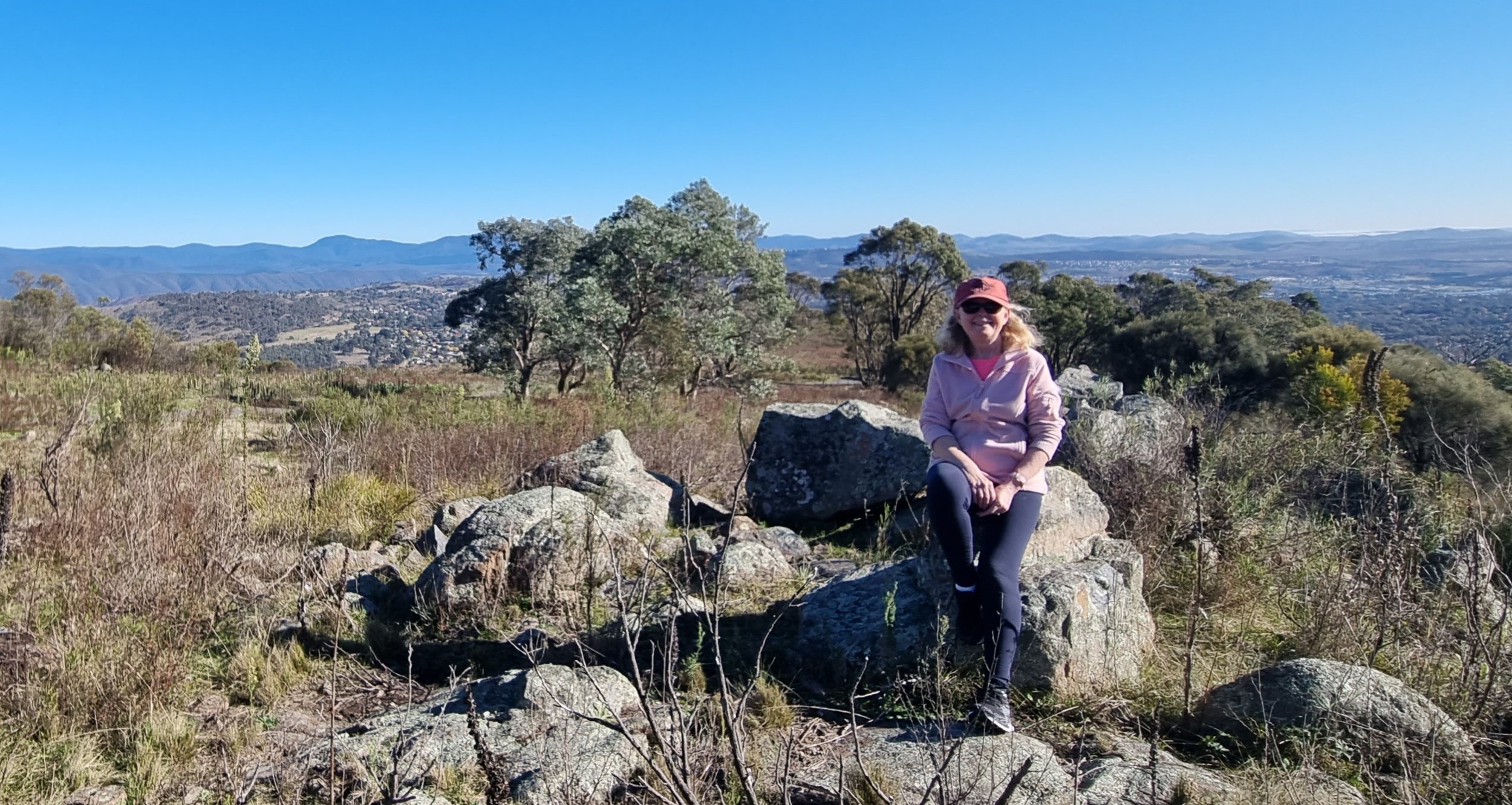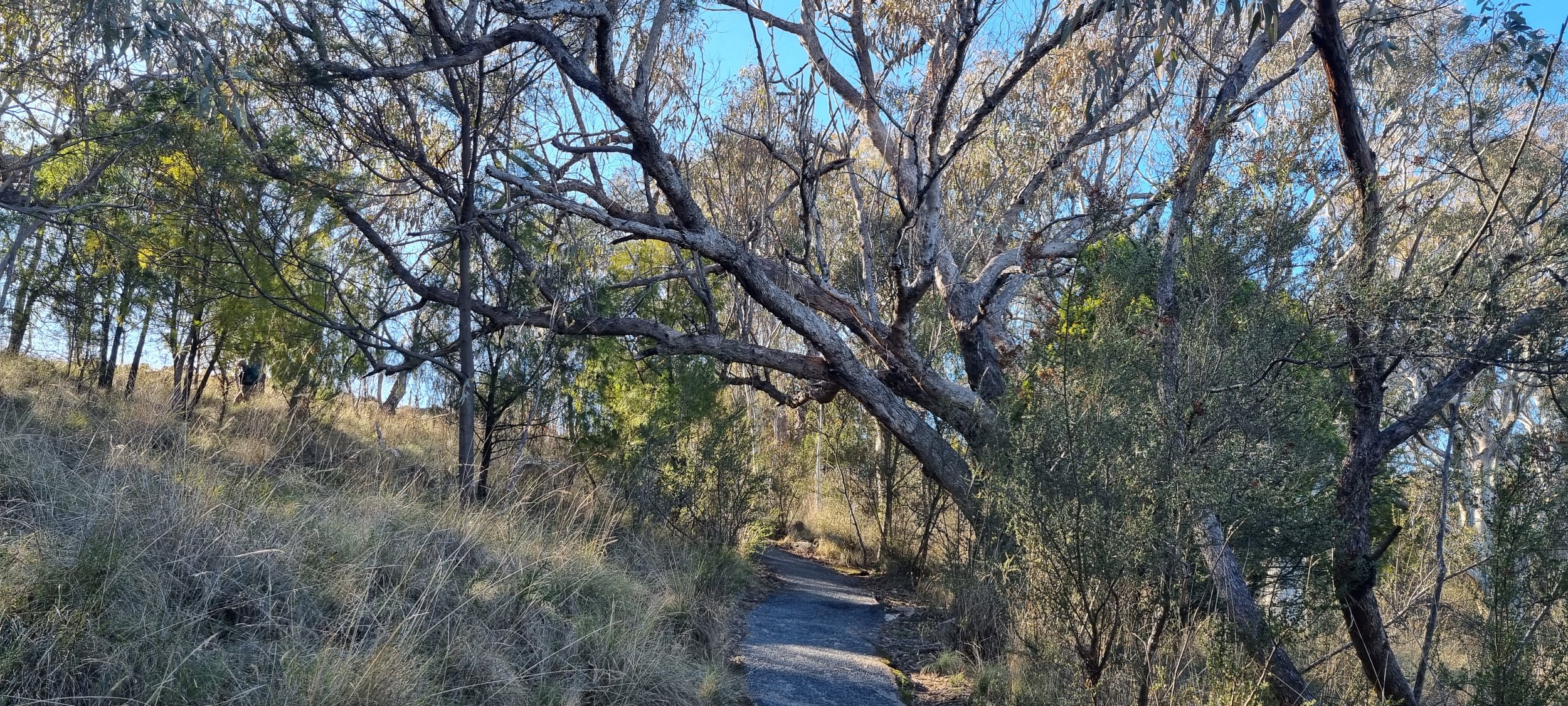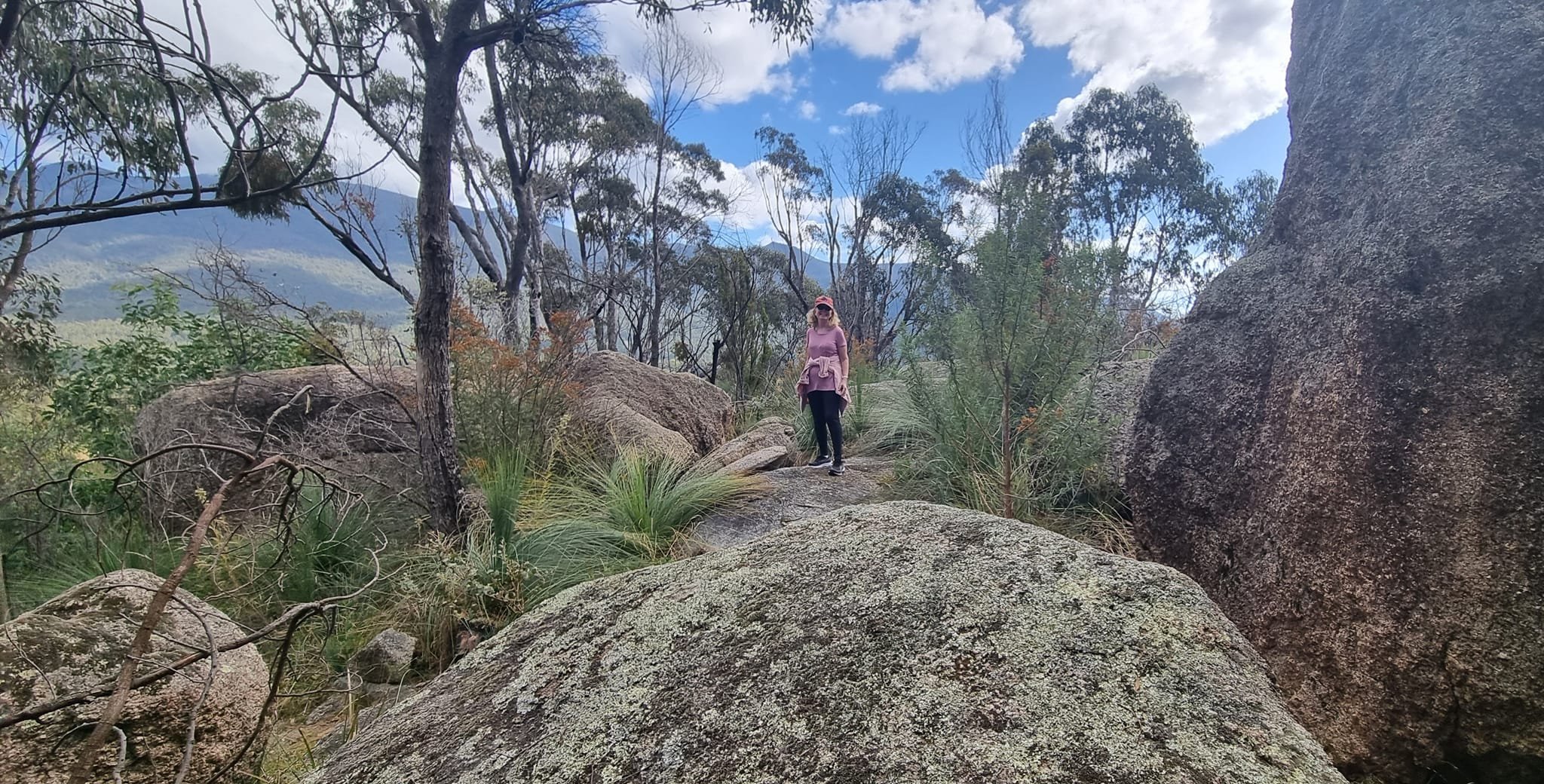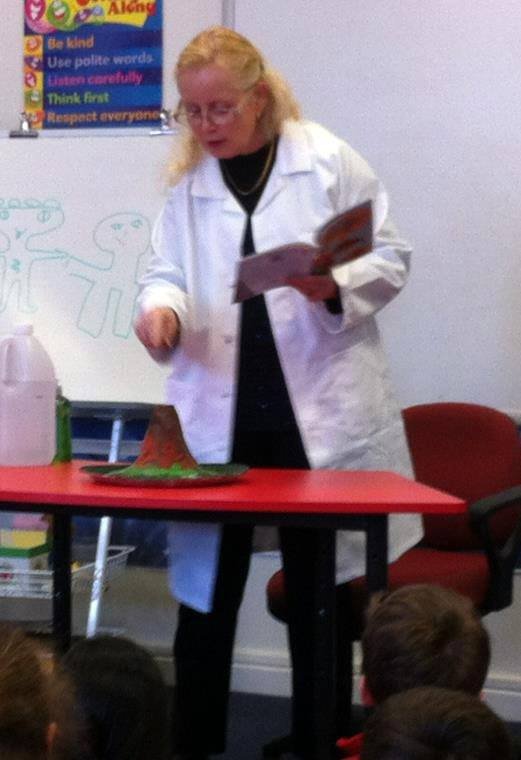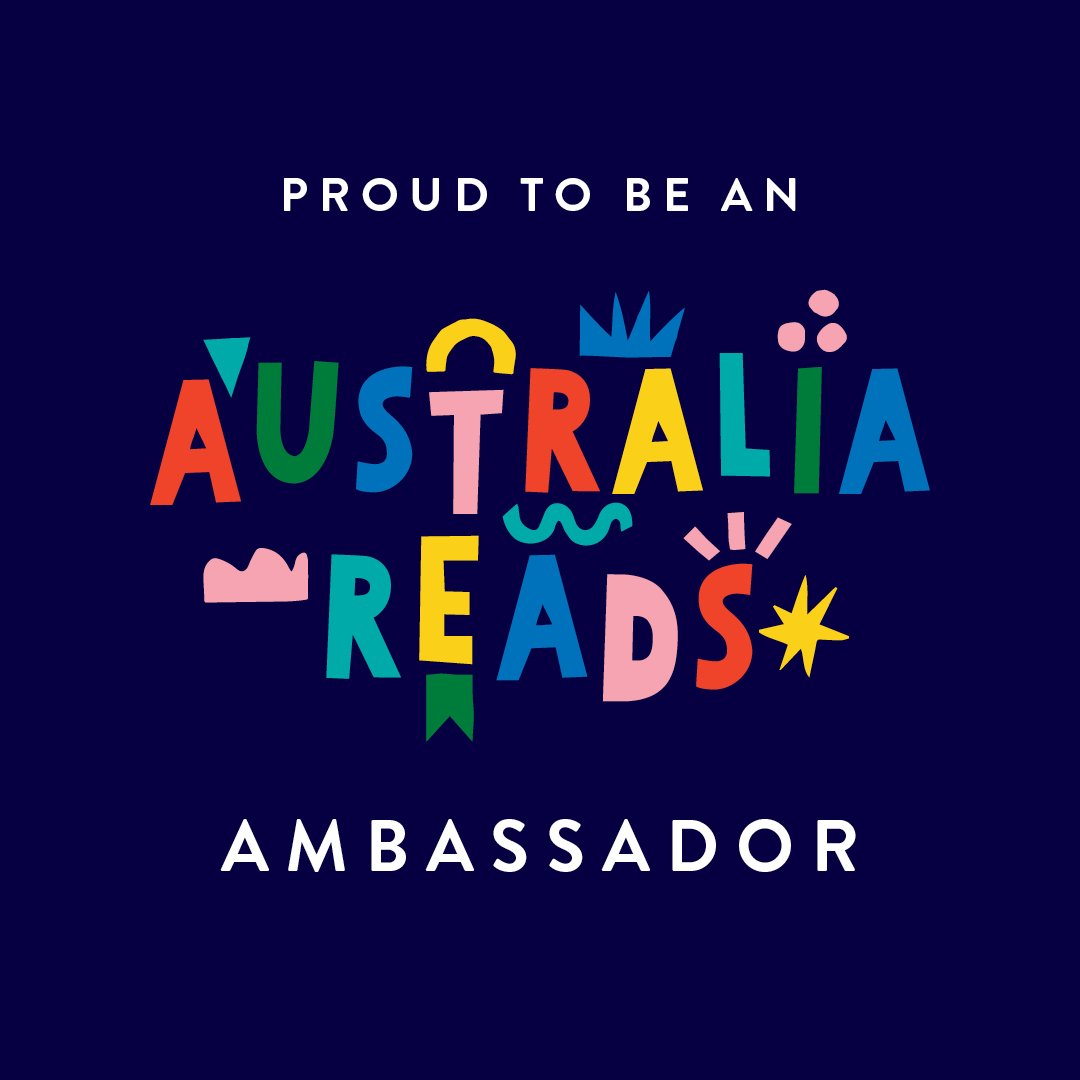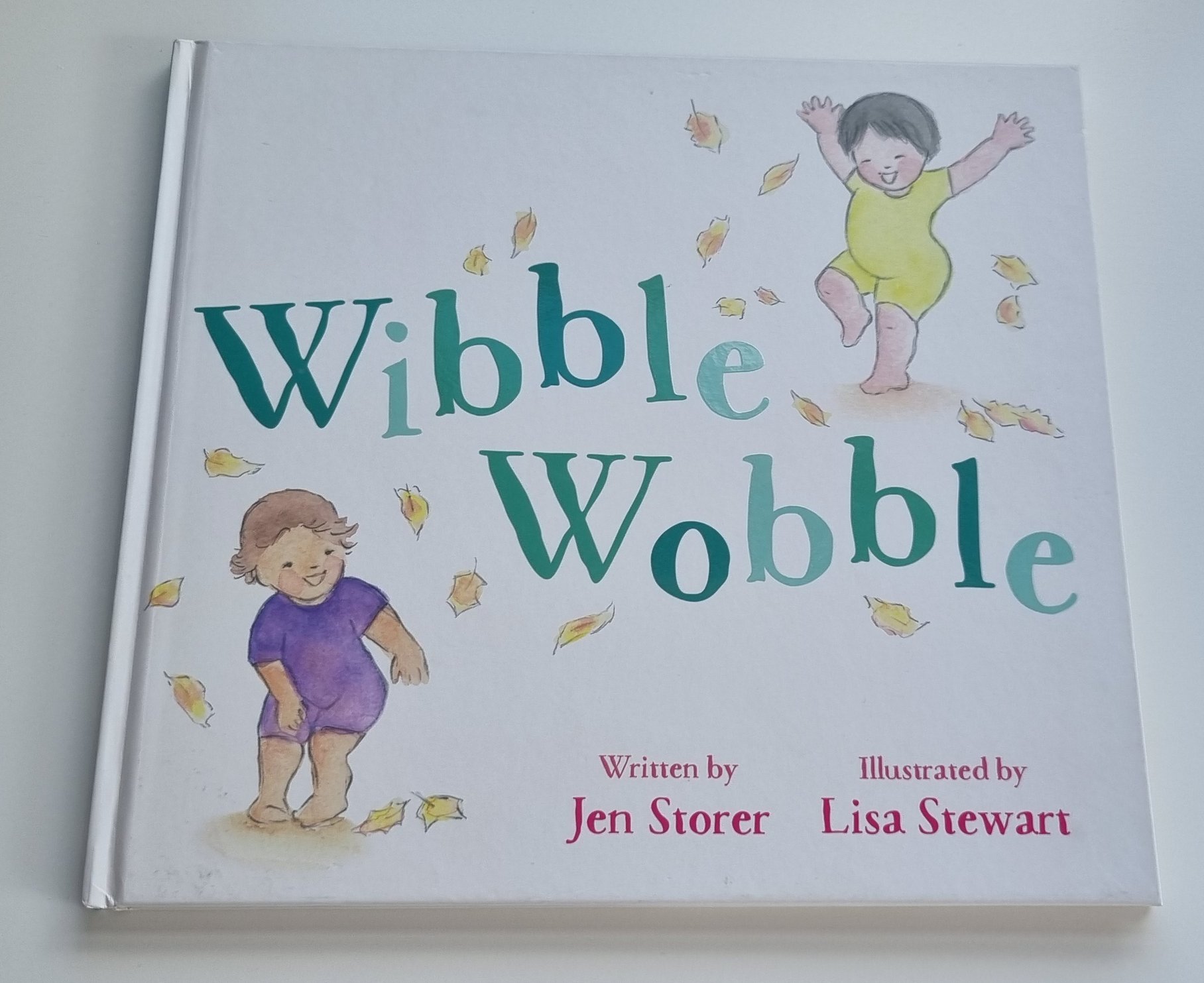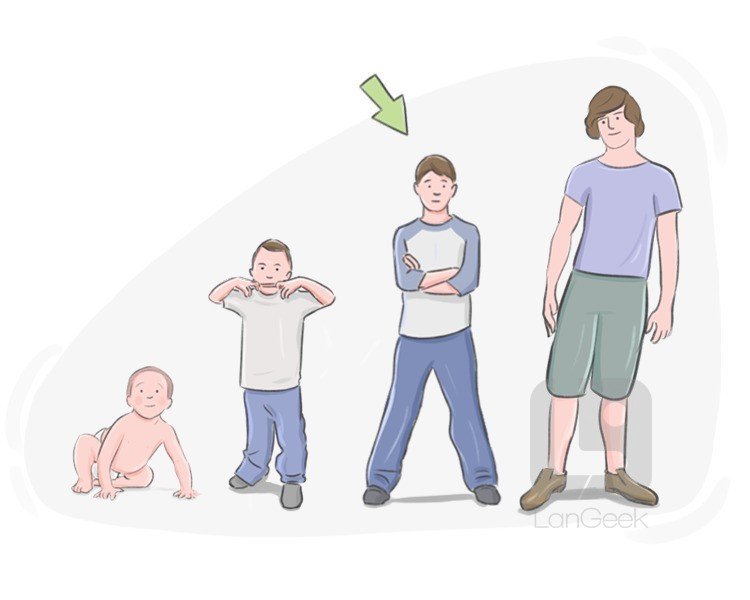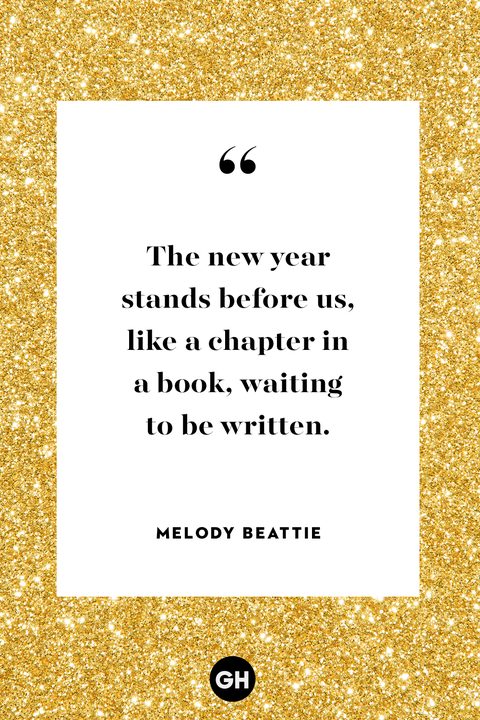This past month I have been steadily working away on the back matter for book four of the Adamson Adventures.
Yes, it’s been a long time in between book 3 and four, but I hope it’s worth the wait.
I don’t want to say too much about it just yet, except that I plan to release it in June next year. There’s still much to do before then.
For this one, besides drawing a map as usual, which helps the reader see where the story is set, I decided to include illustrations and information about each animal that is mentioned in the story. I’m no illustrator, but I do like to give drawing a try, so I have been brave to attempt these myself and share them with you now. I also shared them one at a time each day on my Instagram and Facebook pages, but in case you missed any of them, here they are all in one place.
Thylacine
No story set in Tasmania would be complete unless it included the Thylacine, (Tasmanian Tiger). Presumed extinct since 1936 when the last one died in captivity in a Hobart zoo, I like to imagine that this elusive carnivorous marsupial is still hidden out in the vast, thick wilderness somewhere. Will the Adamson kids find one in their next adventure? If you've read any of their previous adventures, you know anything is possible.
The Tassie Tiger was hunted into extinction by farmers who saw it as a threat to their livestock. Now the Thylacine is being hunted for a different reason. Today people search in the hope that it does still exist out there somewhere. As it was the largest apex predator in Tasmania the Thylacine has left a huge gap in the balance of the forest ecosystem. Today the largest predator is the Tasmania Devil which cannot compare in size. Researchers are trying to use DNA samples to bring back the Thylacine and reintroduce it into the wilderness in the hope that it will restore the balance of life and reduce and control the populations of kangaroos and wallabies.
Thylacine image courtesy of Australian Geographic archives.
My sketch of the Thylacine, commonly known as the Tasmanian Tiger.
Tasmanian Devil
Below is a Tasmanian Devil, a nocturnal, carnivorous marsupial that prefers to scavenge for its food rather than hunt. They have very sharp claws and teeth and make incredibly loud raspy screams when they fight. Have you ever seen one in the wild or in a zoo? Last year when we visited Tasmania, we were lucky to catch a glimpse of two devils in the wild. I couldn’t take a photo, they disappeared into the bush very fast when they saw us.
However, it was an amazing experience to see them in the wild. I have only ever seen them in a zoo before. These little critters are listed as endangered with numbers depleting quickly due to a cancerous facial tumour which has been spreading fast throughout the population in the wild. Fortunately, there is a conservation breeding program happening on the Australian mainland in the mountains of northern NSW. called Devil Ark, where the increasing numbers of devils are enjoying the similarities in vegetation and climate to Tasmania without any threat from disease.
Tasmanian Devil in the wild.
My sketch of the Tasmanian Devil.
Spotted Quoll
The Spotted-Tail Quoll, also known as the Tiger Quoll, is a relative of the Tasmanian Devil and the Tasmanian Tiger. Like his relatives he is also a nocturnal carnivorous marsupial. He may look cute, but watch out for those very sharp teeth. Quolls can be found on mainland Australia, where they are listed as endangered. while so far in Tasmania they are listed as vulnerable. There is only a population of around 14,000 quolls left throughout Australia.
Their numbers have drastically reduced due to introduced predators such as foxes and feral cats, deforestation from logging, land clearing for housing development and natural bushfires.
Spotted Quoll - WWF Australia
My sketch of the Spotted Quoll
Pademelon
The cute little Tasmanian Pademelon is much like a kangaroo or wallaby but smaller. It has a shorter neck and a thicker, rounder body. Pademelons can be found in the rainforests all around Tasmania and throughout the mainland even as far north as Papua New Guinea.. We encountered several during our bushwalks and even outside our cabin door at Cradle Mountain.
They live in thick damp forests but will come out into clearings to feed in the evenings. However with regular land clearing we are continually reducing their chances of survival. Pademelons are usually solitary creatures, but will forage at night in groups. An interesting fact about these little fellows is that when startled, a pademelon will thump his foot, (much like the rabbit, Thumper from the Bambi movie) to alarm the rest of the group to hop back to the safety of the thick forest.
I took this photo of a pademelon just outside our cabin at Cradle Mountain,
My sketch of a Pademelon.
Wombat
The Common Wombat is in abundance throughout Australia, however the Southern and Northern Hairy Nose Wombat are much more declined in numbers. Wombats found in Tasmania are smaller than common wombats and their fur is much thicker and softer than the wiry fur of a common wombat.
Did you know that these herbivorous marsupials have a backwards pouch? This is to protect their joey from the dirt that spays up as they dig their burrow. Wombats are one of my favourite Australian animals, we even have one that has made its home under a container at the back of our house. If the opening to the burrow gets any bigger, I fear our container will fall in! Wombat burrows are usually closer to creek beds and water sources, but in years when rain is plentiful, they will move further away.
A fun fact that I recently learnt is that wombats glow in the dark when you shine a UV light on them. Scientists suspect the reason for this bio luminescence is so that wombats can see each other in the dark and know when it is safe to come closer to a fellow wombat instead of another animal that they would prefer to keep at a distance.
Southern Hairy-Nose Wombat
My sketch of a wombat
Stay tuned for more information next month on the birds that are also in book 4 of the Adamson Adventures.
I enjoy adding fact and information pages to the back of my stories. It helps curious young readers learn and hopefully encourages them to research further. Did you learn something new today?
What is your favourite Australian animal?





